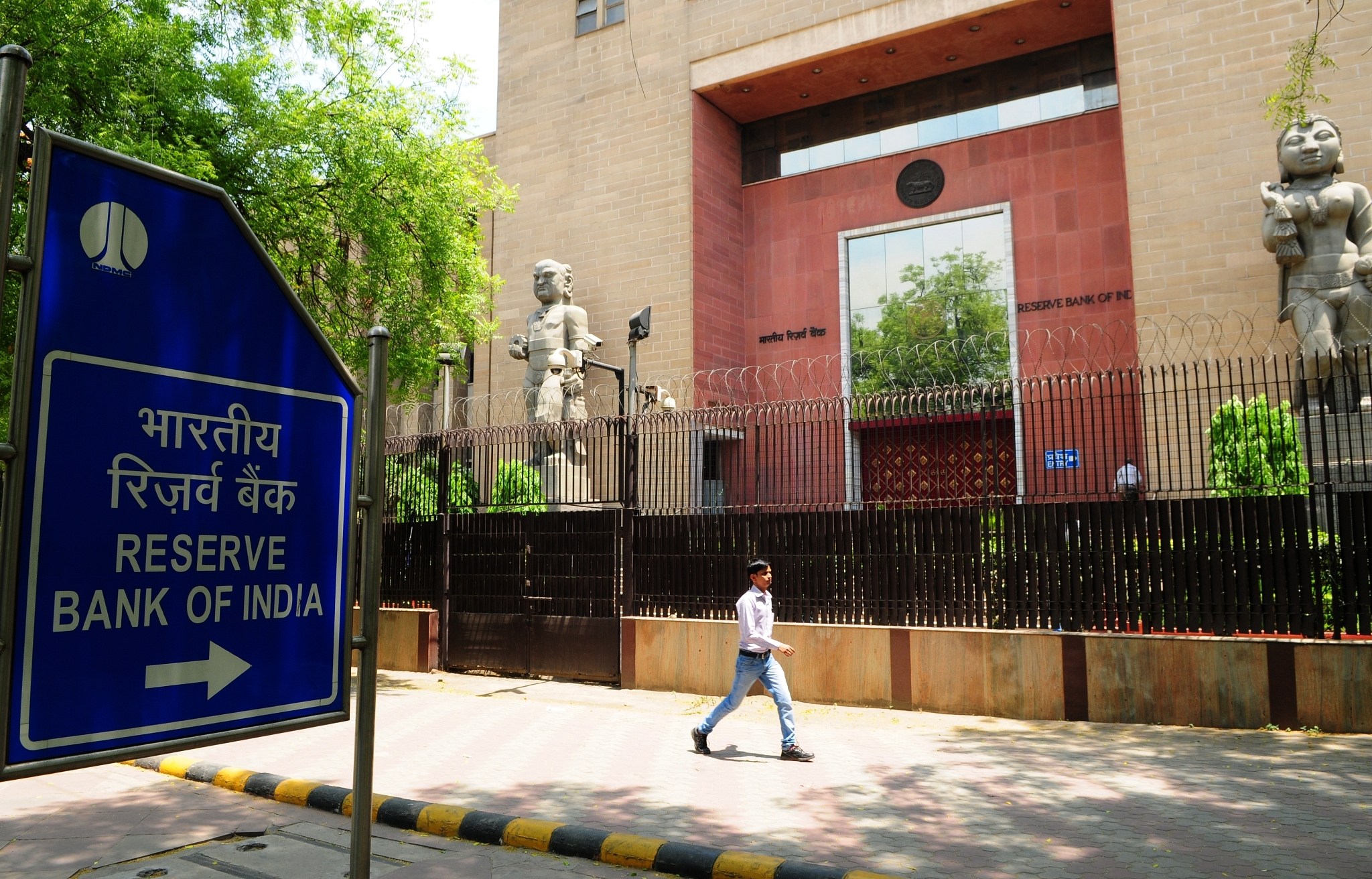Economy
Banks Must Explain How They Price Their Floating Rate Home Loans
- Banks cannot arbitrarily decide that only protesting borrowers will be given lower rates, and not the quiescent ones.
- Rates must be cut across the board based on a transparently worked out blended cost of funds.

A view of the RBI building in New Delhi. (Ramesh Pathania/Mint via GettyImages)
The Supreme Court has asked the Reserve Bank of India (RBI) to indicate what it has decided about banks not reducing their floating rates on existing loans to retail customers when they cut rates for new borrowers. It has been clear for some time that banks which offer floating rate loans to finance homes and automobile purchases tend to reduce rates more slowly for old borrowers than new ones.
The petition was filed by MoneyLife Foundation, which claimed that old borrowers do not get the same rates as new borrowers when rates go down, which is an “unfair banking practice.”
There is little doubt that banks follow opaque policies on their floating rate loans, just as airlines do in their dynamic fare pricing policies. It would certainly help if they explained to borrowers – both old and new – how they calculate their floating rates whenever interest rates go down – or up.
The petitioners, says a Times of India report, apparently asked the RBI to disclose last year what it was doing about this, and were fobbed off with a reply that the issue was under consideration. Now, nearly a year later, there has been no reply. The Supreme Court has asked the RBI to send a reply within six weeks.
One can speculate that the RBI is not eager to direct banks to make their rate policies less opaque at a time when most banks are bleeding under the weight of bad loan pile-ups.
But one must point out that bald comparisons between rates on existing loans and new ones may be misleading. Reason: loans already disbursed may have been funded through higher-cost deposits. Equating them with new loans funded by new deposits raised at lower rates may not be quite so valid.
So, the petitioners’ claim that every 1 per cent difference between old and new rates may be costing old borrowers Rs 10,000 crore can be debatable.
While new borrowers can be funded from lower-rate deposits, the same may not quite be true for older borrowers funded from costlier deposits or borrowings from the market. So, prima facie, it is logical to charge old borrowers slightly higher rates than absolutely new ones.
In any event, it is not as if home loan borrowers don’t have options: they can transfer their loans to banks who now offer lower rates in return for a small fee paid to the old lender. Anecdotally, one has heard of cases where borrowers threatening to vote with their feet being offered lower rates in order to avoid closing the existing loan account.
This leads one to conclude that banks are not passing on as much of the benefits of lower rates as they can. It cannot be anyone’s case that banks can fleece old borrowers just because it is too much of a hassle – and some cost – to shift loans to cheaper lenders.
What the RBI needs to do is clear: it must direct banks to explain to borrowers how exactly they price their floating rate loans for existing borrowers. They cannot arbitrarily decide that only protesting borrowers will be given lower rates, and not the quiescent ones. Rates must be cut across the board based on a transparently worked out blended cost of funds.
Support Swarajya's 50 Ground Reports Project & Sponsor A Story
Every general election Swarajya does a 50 ground reports project.
Aimed only at serious readers and those who appreciate the nuances of political undercurrents, the project provides a sense of India's electoral landscape. As you know, these reports are produced after considerable investment of travel, time and effort on the ground.
This time too we've kicked off the project in style and have covered over 30 constituencies already. If you're someone who appreciates such work and have enjoyed our coverage please consider sponsoring a ground report for just Rs 2999 to Rs 19,999 - it goes a long way in helping us produce more quality reportage.
You can also back this project by becoming a subscriber for as little as Rs 999 - so do click on this links and choose a plan that suits you and back us.
Click below to contribute.
Latest